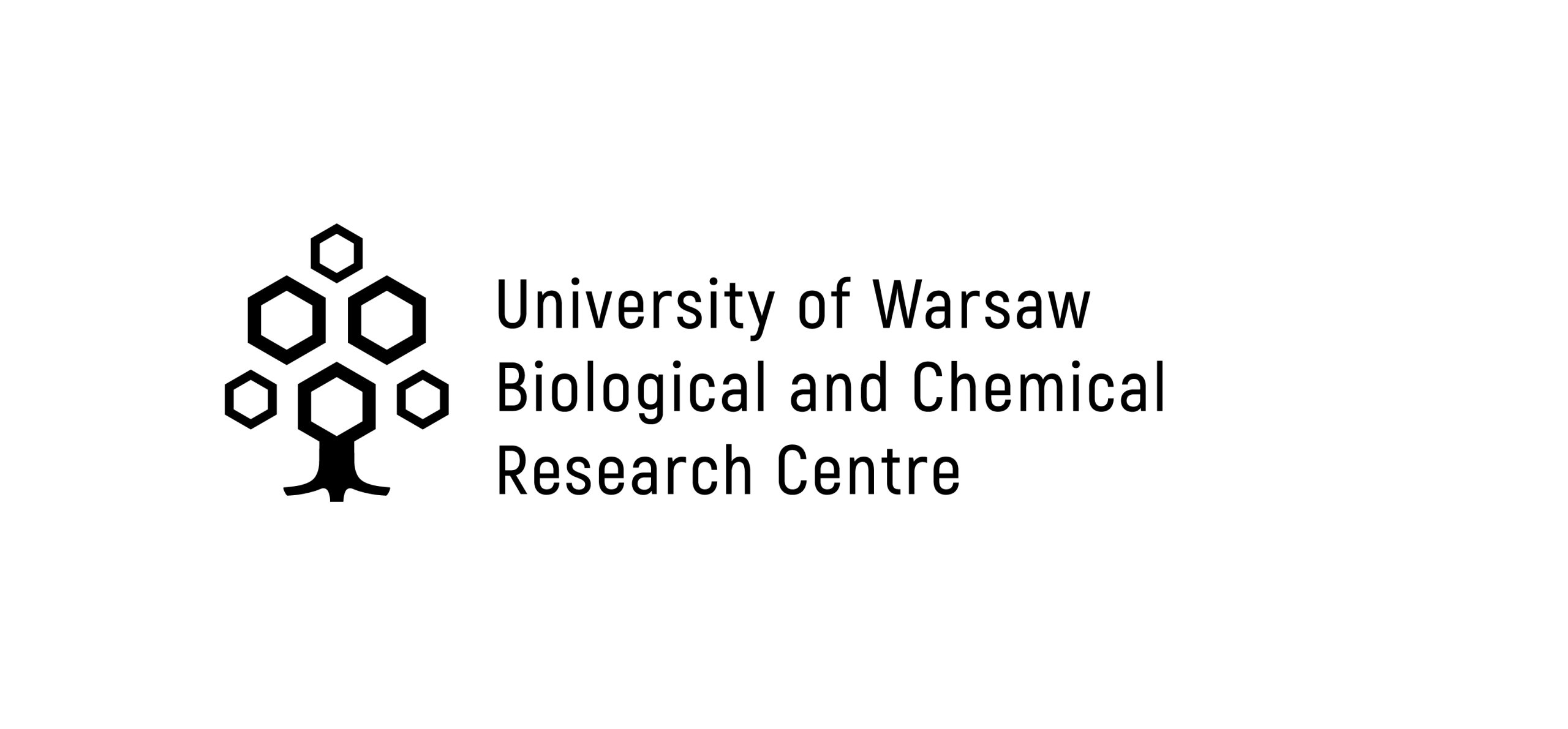Materials for Biosensors
Description of the Group
The research group Materials for Biosensors is interested in the production of and studies on surfaces, materials and nanostructures that are characterized by electrocatalytic properties or can be used as matrices for deposition of enzymes or other substances used in biosensors. In their studies, the group focuses on graphene oxide, nanostructures of conductive polymers, supramolecular polymeric gels and metallic nanostructures. Members of this group study the structure of enzymes immobilized on surfaces or matrices. For their research, members of this group use infrared spectroscopy, including reflection techniques, IR imaging and spectroelectrochemistry. Furthermore, they use Raman and UV/VIS spectroscopy, spectrofluorimetry and many electrochemical methods.The group is collaborating with many other research groups from the University of Warsaw and from the Polish Academy of Sciences.
Research Activities
Currently, this group is implementing a project financed by the National Science Centre under the title Nanostructures in electrochemical biosensors and in SERS markers. Members of this group study enzymes from the oxidase group bound with gold nanoparticles, deposited on the surface of electrochemically reduced graphene oxide or in matrices of supramolecular gels based on conductive polymers. Studied systems can be used in sensors of oxygen and its active compounds (e.g. H2O2 and oxygen radicals).
The Materials for Biosensors group uses the following in their studies:
- Infrared spectroscopy (far, mid-wavelength and near infrared ranges)
- Raman spectroscopy with excitation wavelength 455, 532, 633, 785 and 1064nm
- Reflection spectra with the use of PM-IRRAS technique
- Electrochemical research
Research services
The Materials for Biosensors group offers planning and performance of routine research by use of IR or Raman spectroscopy in the framework of joined projects. After necessary arrangements, other forms of collaboration are also possible.
